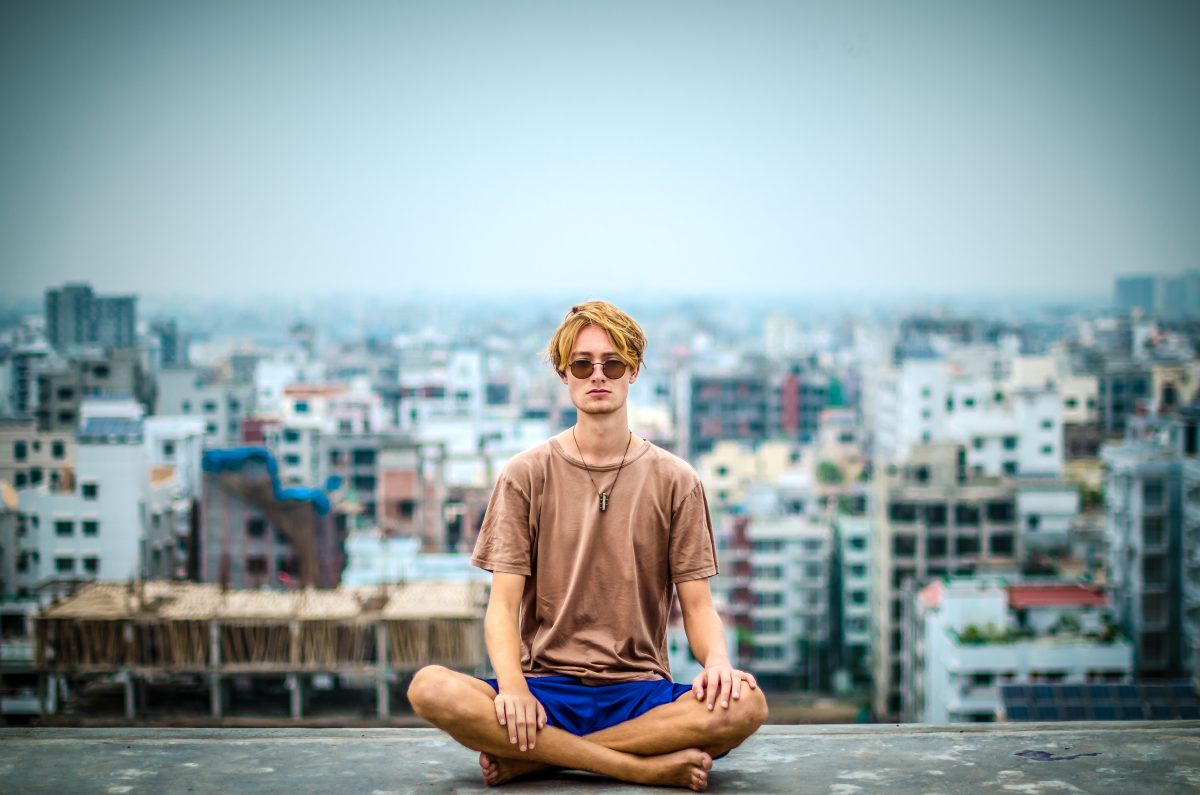Discover Effective Methods on How to Meditate? for Beginners
Discover Effective Methods on How to Meditate? for Beginners
Blog Article
How to Meditate: A Step-by-Step Method to Achieving Mindfulness and Tranquility
Reflection acts as a powerful device for attaining mindfulness and psychological tranquility in a fast-paced world. By recognizing the fundamental principles and strategies associated with meditation, people can grow a method that enhances their total well-being. This discussion will certainly describe important steps, from developing a conducive atmosphere to incorporating reflection right into day-to-day routines. As we check out these elements, it comes to be clear that the trip to mindfulness is not simply regarding the act of resting in silence, however rather regarding cultivating a much deeper link with oneself and the world around us. What might this transformation involve?
Understanding Meditation
Understanding meditation includes understanding its fundamental principles and methods, which function as the foundation for the technique. At its core, meditation is a psychological workout targeted at promoting leisure, developing interior power, and developing empathy and insight. The technique motivates individuals to focus their attention, usually via techniques such as deep breathing, visualization, or rule rep.
Meditation can be categorized into various designs, consisting of mindfulness, transcendental, and loving-kindness meditation, each with unique functions and methodologies. Mindfulness reflection emphasizes present-moment understanding and non-judgmental observation of sensations and thoughts, while copyright involves using specific concepts to transcend common idea procedures. Loving-kindness reflection concentrates on establishing a perspective of love and concern towards oneself and others.
No matter the technique utilized, the main goal continues to be consistent: to cultivate a much deeper understanding of the mind and its patterns. This self-awareness promotes emotional resilience, quality of thought, and an extensive feeling of calmness (How to meditate?). By comprehending these techniques and principles, people prepared for a successful meditation technique that can substantially improve their overall wellness
Planning For Your Practice
Prior to beginning your meditation practice, it is important to develop a setting conducive to focus and relaxation. Guarantee that the location is cost-free and tidy of mess, as a clean setting can assist clear the mind.
Take into consideration the lighting, as all-natural light can boost your mood and power. Soft, cozy illumination is frequently extra calming than severe fluorescent lights. Additionally, pick a comfortable temperature level, making certain that you are neither too warm neither as well cool.
Including elements that promote harmony can even more improve your experience. This may include soft pillows or coverings for comfort, in addition to soothing fragrances from vital oils or incense. It can also be valuable to have a timer established for your reflection session to stop distractions from clock-watching.
Standard Meditation Methods

Another efficient technique is body check reflection. This entails psychologically scanning your body from head to toe, discovering any areas of stress or pain and consciously unwinding those muscular tissues. This method promotes a much deeper link between your body and mind.
Last but not least, loving-kindness meditation concentrates on growing compassion in the direction of on your own and others. Silently repeat expressions of goodwill, improving additional hints emotional health and interconnectedness. Each of these methods works as a structure for your reflection trip, enabling you to locate the technique that resonates learn the facts here now finest with your individual practice.
Keeping Focus and Mindfulness

Developing a devoted meditation area can boost the capacity to preserve mindfulness. A silent, clean setting reduces interruptions, enabling deeper immersion in the technique. In addition, setting a time limit can assist manage assumptions; beginning with shorter sessions might alleviate the change right into longer practices.
Using methods such as body scanning or observing feelings can additionally bolster mindfulness. These approaches motivate professionals to stay existing and engaged with their physicality, securing their interest in the minute. Routine technique is important; the brain constructs strength in time, creating a stronger ability for focus.
Incorporating Reflection Into Life
Including meditation right into day-to-day live can change regular tasks into opportunities for mindfulness and self-reflection. By integrating mindfulness practices right into common jobs, individuals can grow a higher sense of existence and serenity amidst the busyness of day-to-day life.
Begin by recognizing moments throughout your day where you can exercise and stop briefly mindfulness. Even ordinary tasks like walking or washing recipes can come to be opportunities for meditation by directing your focus to the experiences of activity and the audios surrounding you.
Additionally, alloting committed times for reflection can enhance its practice. Beginning with short sessions, slowly boosting duration as you come to be extra comfy. Use suggestions or cues-- like a details time of day or a relaxing noise-- to develop consistency.
Inevitably, the objective is to weave mindfulness into the fabric of daily life, enabling you to approach each minute with objective, thus boosting your total feeling of well-being and clearness.
Conclusion
In final thought, efficient meditation needs a silent setting, a comfy placement, and an emphasis on the breath. Regular meditation, also in short sessions, promotes a deeper connection to the existing minute, eventually leading to higher calm and psychological clarity in everyday life.
Meditation can recommended you read be classified into different styles, including mindfulness, transcendental, and loving-kindness meditation, each with distinct purposes and methodologies. Mindfulness meditation emphasizes present-moment awareness and non-judgmental monitoring of ideas and feelings, while transcendental reflection entails the usage of particular rules to transcend average idea processes.With your meditation room prepared, it's time to discover different basic reflection techniques that can assist cultivate mindfulness and internal tranquility.Continually maintaining emphasis and mindfulness during reflection can be tough, particularly for those new to the practice.Developing a devoted reflection room can improve the capacity to keep mindfulness.
Report this page